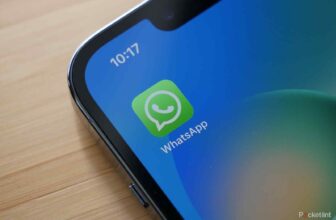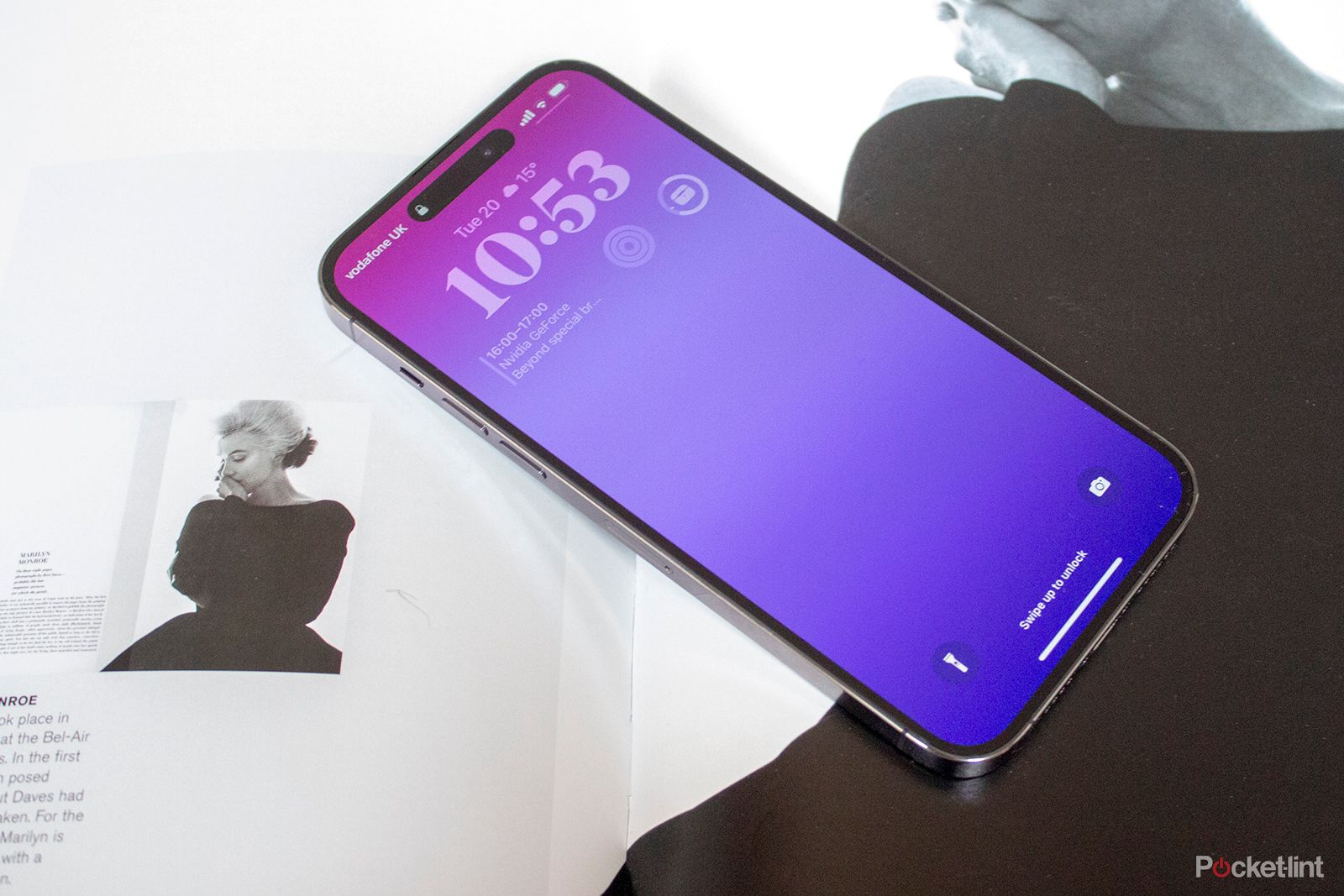
[adinserter block=”8″]
If you’re trying to figure out which are the very best smartphones to buy in 2023, we have the answers.
We’ve ranked and rated the top performers from our extensive phone reviews in one definitive list. Is the iPhone 14 Pro worth the hype, or maybe you’re curious about the Pixel 7 series or Galaxy S23 models from Samsung, this guide can help you figure out which of the latest smartphone should be at the top of your wishlist.
As with every buyer’s guide, the picks below are the result of countless hours of testing by the Pocket-lint team. However, a phone’s performance isn’t the only thing that we consider when putting together these rankings; we place a strong emphasis on the price tag and overall value of a device, too.
Our picks change regularly, given that new phones launch all the time, but below you can find the latest rankings.
These are the best phones you can buy in 2023
Apple iPhone 14 Pro
1. Best overall
The best phone for most people
Apple’s latest premium phone gets everything right. From the luxurious and durable finish, to cameras and display, it is Apple’s best phone to date.
- Dynamic Island is very cool
- Excellent camera system
- Exceptional build and design
- ProRAW capture is laggy
- Expensive
- Still lacks USB-C
With the iPhone 14 Pro you get Apple’s usual high levels of craftsmanship, design and finishes, but this year you get something a little extra: Dynamic Island.
Rather than the cutouts for the cameras just getting in the way, Apple designed the software around it and turned it into a feature. It shows animations when you have timers, music or other live info in the background, and you can interact with it too.
As always, the Pro and Pro Max are the most expensive versions of iPhone 14, but that extra money gets you a more powerful processor, an always-on OLED display, better cameras and a premium design.
Apple is still avoiding USB-C on its phones, though, making the transfer of its big ProRes and ProRAW files a bit slow, and the power users out there will likely need to cough up extra cash for the Max version to ensure they have a truly all-day battery.
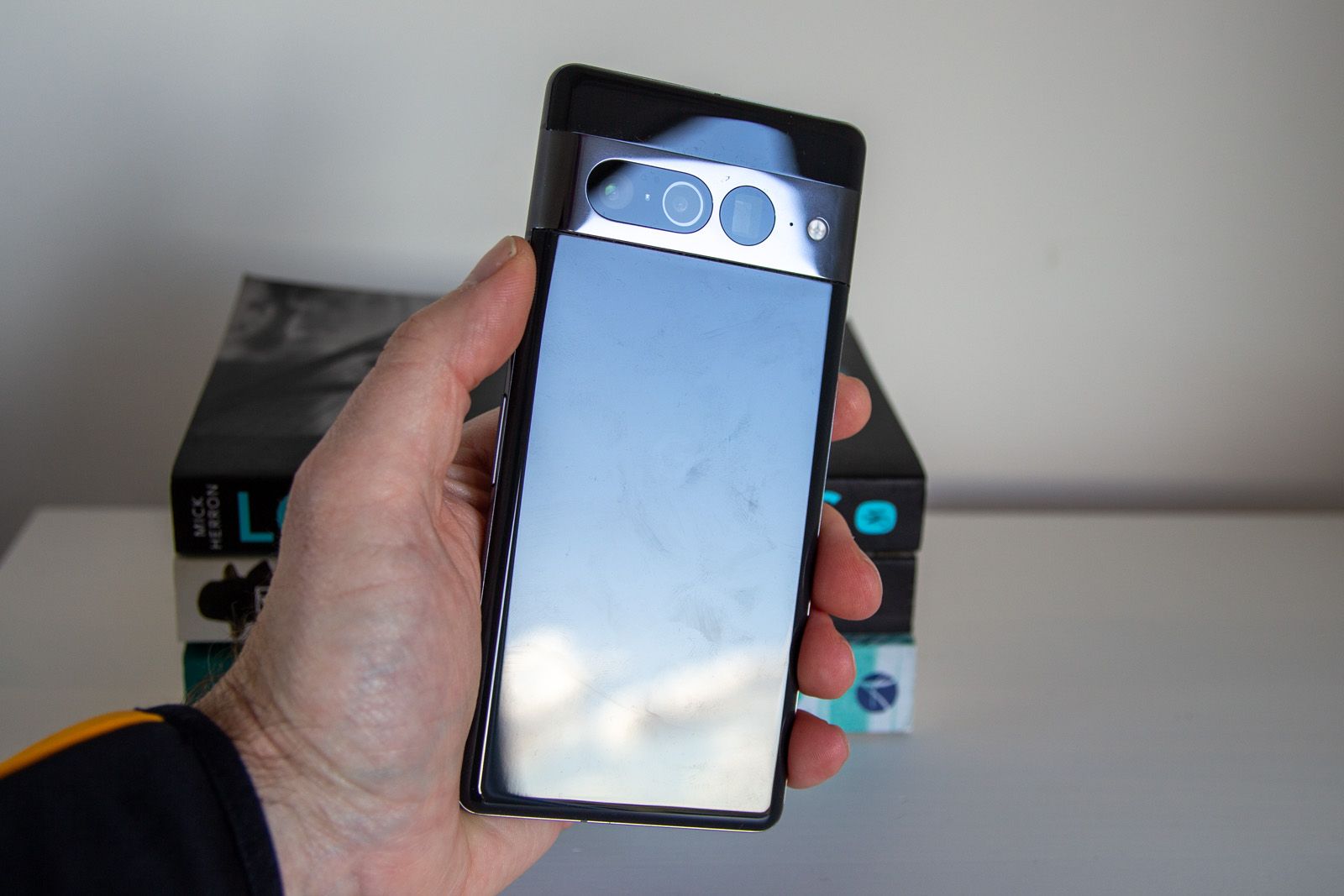
Google Pixel 7 Pro
2. Best Android phone
A close-to-perfect Android experience
Pixel 7 Pro builds on the foundation of the Pixel 6 Pro, offering a more refined design, stunning camera performance and clean software.
- Excellent camera performance
- Clean software experience
- Beautiful, crisp display
- Competitive price point
- Face unlock is insecure
- Few changes over Pixel 6 Pro
- Only three promised platform updates
The Pixel 7 Pro is a stunning phone, and it more than justified its place as runner-up in the best smartphone category in the Pocket-lint Awards for 2022.
Ultimately there’s not a huge change from the Pixel 6 Pro, but it does have a more refined design, a great big display and a clean software experience which brings all the Pixel goodness to the surface without any bloat or needless additions.
The camera is still what defines this phone, taking it a step further than previous Pixel devices by extending the zoom range and giving access to closer macro shots too.
It delivers an excellent all-around experience and doesn’t cost over a grand.
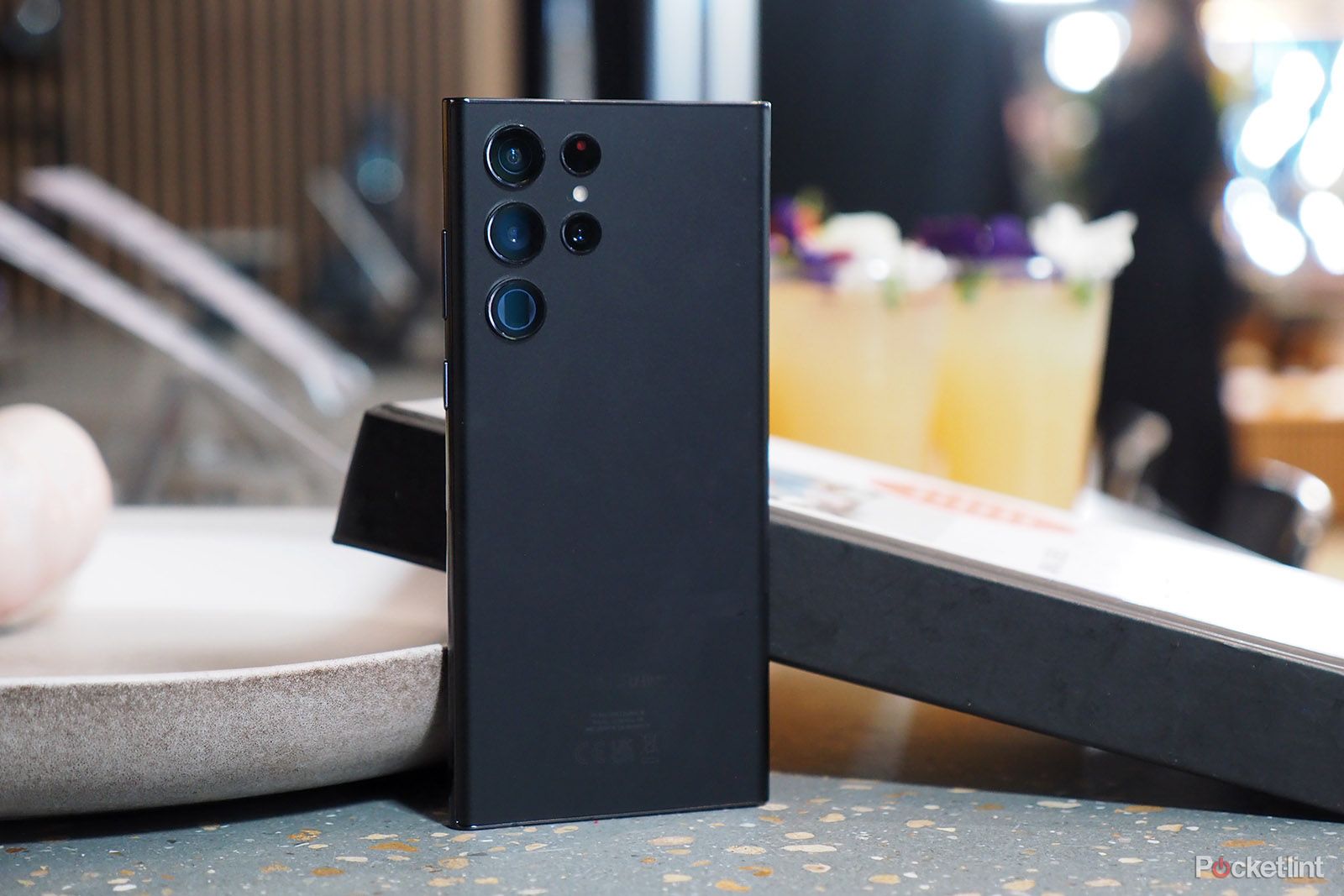
Samsung Galaxy S23 Ultra
3. All-round camera king
The pinnacle of Android phones
The Samsung Galaxy S23 Ultra is the biggest, baddest, and most expensive of the S-series flagships in 2023. With a huge 6.8-inch, 120Hz-capable display, a 5,000mAh battery, a brand new 200MP camera, and an included S Pen, the S23 Ultra isn’t a massive upgrade over its S22 Ultra predecessor, but the improved efficiency of the Snapdragon 8 Gen 2 SoC will give it a significant battery boost — perfect for gaming or working on the go.
- Stunning large display
- Great design with IP68 water/dust resistant
- Really versatile camera system
- S Pen included
- It’s expensive
- Lots of software bloat
As far as raw power and software capabilities go, Samsung’s Galaxy S23 Ultra is the pinnacle of Android phones. It’s certainly more of a refinement than a reinvention, but it’s a heck of a refinement, offering stunning build quality and a gorgeous, large display with fast, smooth refresh rates and support for the S Pen (which is included in the package).
OneUI software adds a lot on top of the standard Android package, delivering lots of potentially very useful features to the phone, but also means the phone comes with a huge amount of bloatware and pre-installed duplicate/redundant apps.
We love nearly everything about the Ultra though. It’s a great-looking device, with high levels of water and dust resistance and wireless charging thrown in for fun. It delivers pretty much everything you could want from a phone, and it’d be higher up the list if it wasn’t so expensive
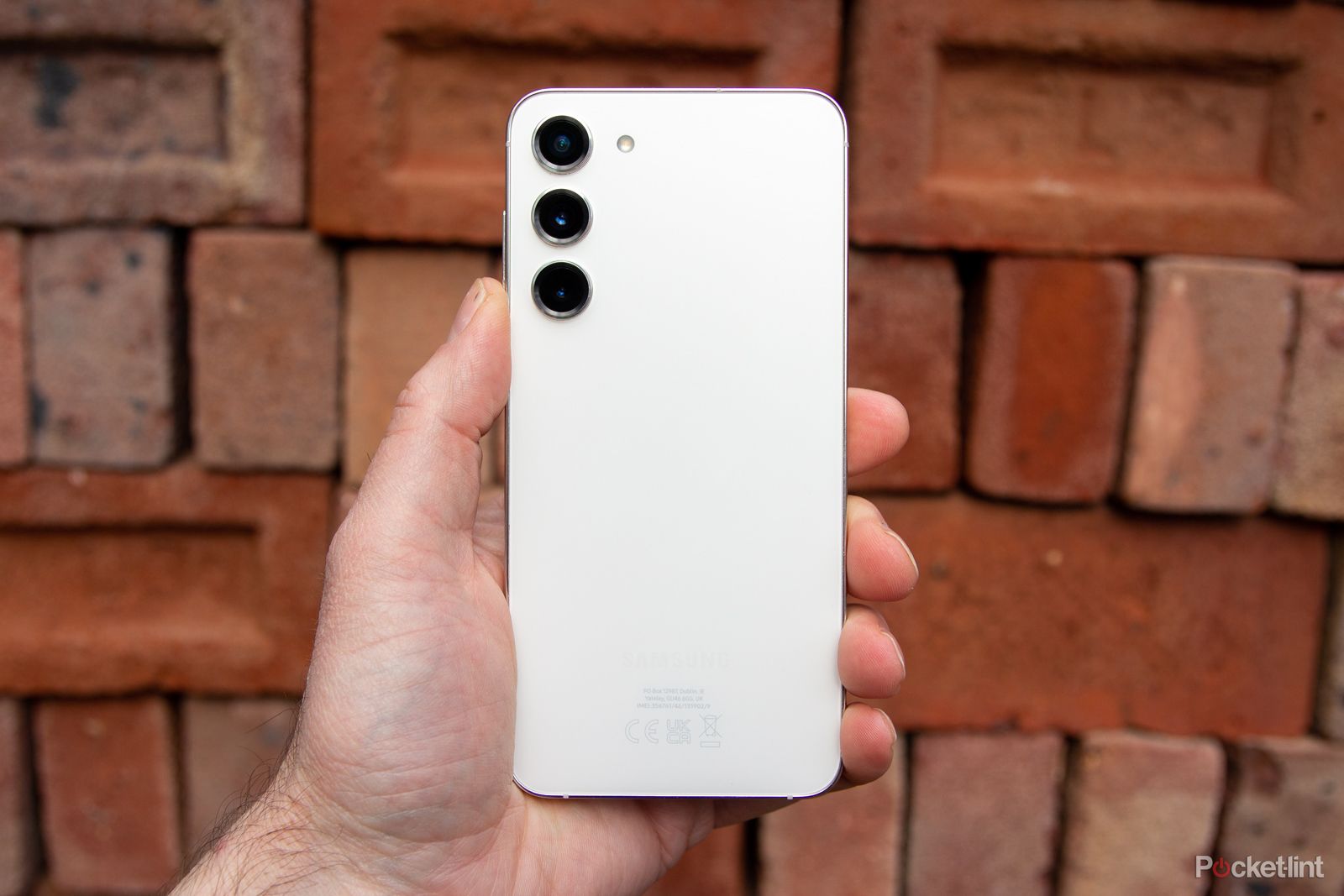
Samsung Galaxy S23+
4. Everyday power
The ‘does everything’ phone
The Samsung Galaxy S23+ is the middle-ground flagship phone for early 2023, and as a result takes a more compromising approach to its specifications. For example, while it looks very similar to the smaller S23, it shares the larger storage and battery sizes of its larger S23 Ultra counterpart. And though it lacks an S Pen, its larger 6.7-inch display is perfect for getting work done on the go. This might be the best phone for most people.
- Plenty of power
- Great display
- Long software support and quick updates
- Great design and build
- Charging speeds aren’t exciting
- Not much has changed from the S22+
It’s easy to see why Samsung remains on top of a lot of buyers’ lists when looking for the best smartphone, particularly with the S23+. It’s got the screen space that the regular S23 lacks, along with a bigger battery and a price that’s more attractive than the S23 Ultra. You get flagship power and performance, and its only weaknesses are its battery and charging speeds.
Samsung remains one of the best Android manufacturers at keeping its phones up to date with the latest security patches and supports its phones for up to 4 years with major software updates, ensuring you’ll have the latest features and software even when your phone is 3-4 years old.
Cameras deliver colour-rich images with lots of detail, nighttime mode is even better than before and its design is sleek, slim and modern. That’s without mentioning the water and dust resistance. At IP68 you’ll get protection against any common causes of water damage.
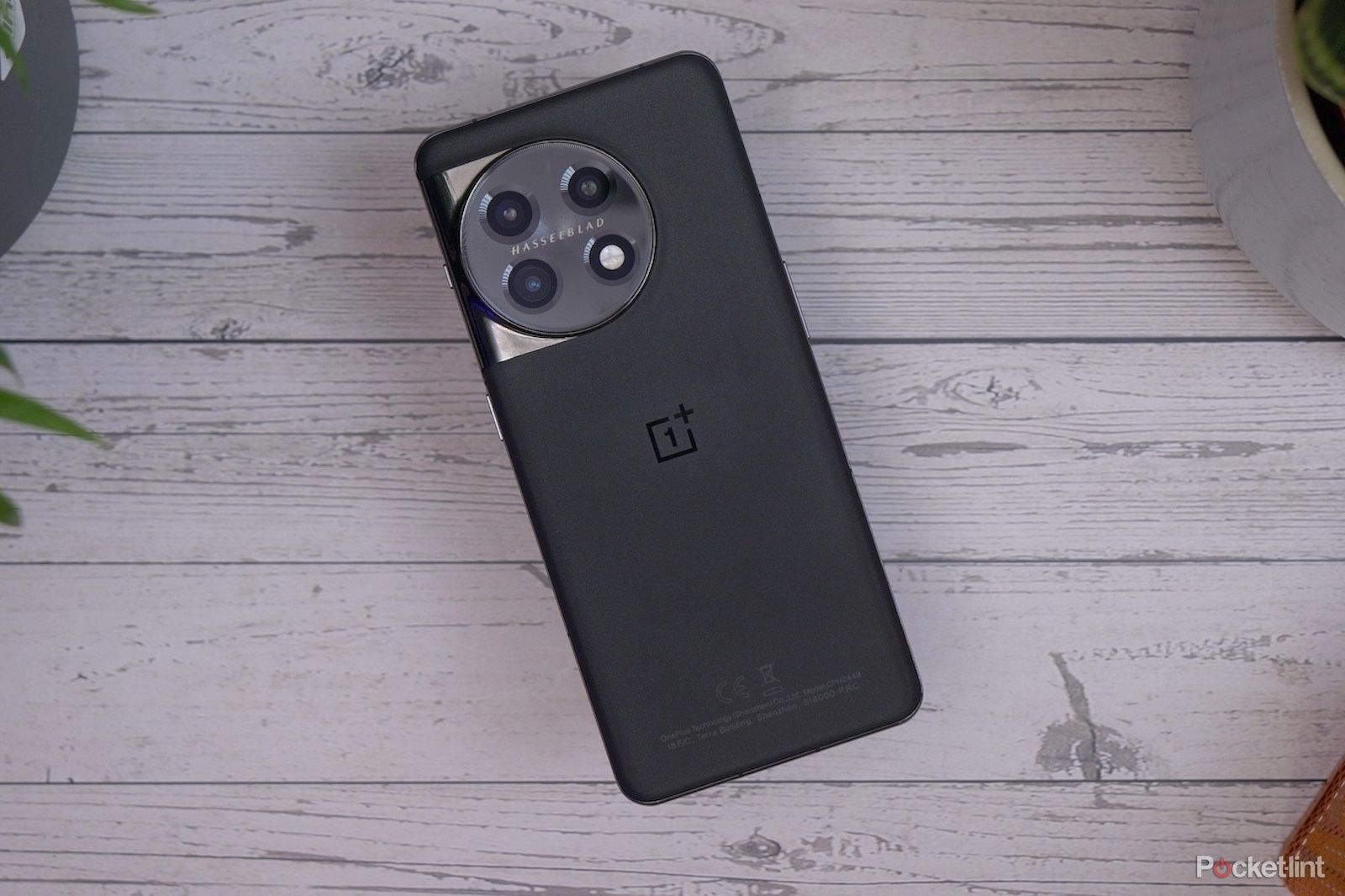
OnePlus 11 5G
5. Value flagship
A powerful phone without the pricetag
OnePlus went back to its roots for the latest flagship phone, delivering a fast, smooth phone that doesn’t cost a fortune.
- Stunning QHD display with fast refresh rates
- Bloat-free software with lots of customisation
- Fast performance
- Really quick battery refills
- No wireless charging
- Water proofing and durability not the greatest
With the OnePlus 11, the company took a short step back to focus on what really matters in the OnePlus phone. Rather than try to pack in absolutely everything – Samsung-style – it opted to give us the best of the most important things: performance and display. In those two areas, in particular, the OnePlus 11 absolutely delivers. It’s got one of the nicest displays on the market, is super speedy and responsive, and features the signature customisable software we’ve come to expect from OnePlus. Although, in its current form, it’s a slightly tweaked version of the Oppo ColorOS 13 software.
OnePlus also saw fit to implement really fast wired charging, including the power adapter in the box with 100W SuperVOOC rates to give you a full refill from 1-100 per cent in under 25 minutes, which isn’t bad at all given the 5000mAh battery capacity. Cameras are decent enough too, although arguably still the one area it doesn’t quite compete with Samsung or Google.
In the end, though, when you’re paying this little for a proper flagship phone, there are always going to be areas it won’t match up to its big-name competition. In this instance, we think it’s a compromise worth making.
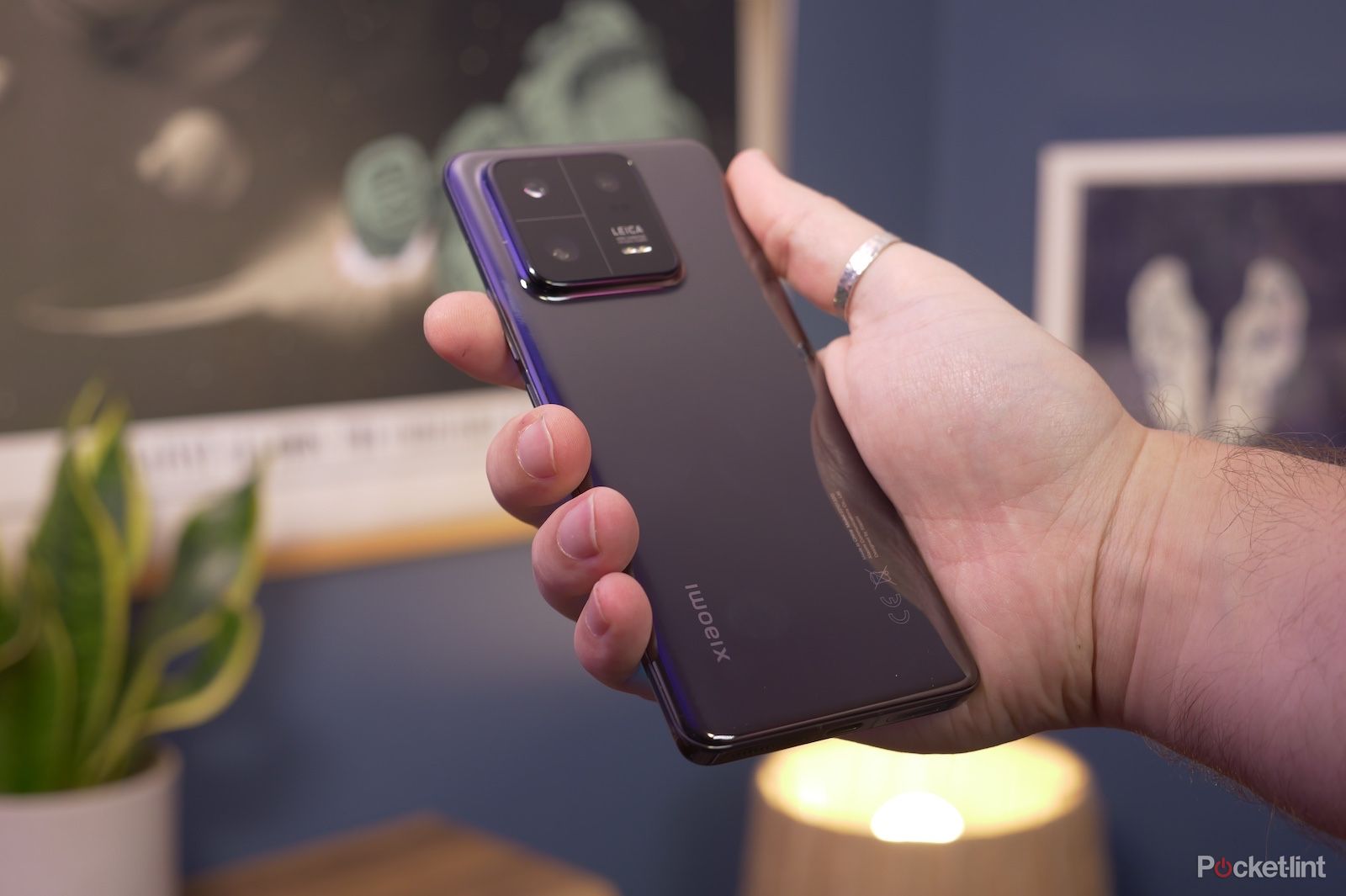
Xiaomi 13 Pro
6. Fastest charging phone
The Xiaomi 13 Pro is a powerful flagship phone with one of the best primary cameras we’ve ever seen in a smartphone. Combined with a luxury ceramic back, a 19 minute full charge and a stunning display, it makes for a great device.
- Stupendously quick battery charging speeds
- Primary 1-inch camera sensor delivers great images
- Big, bright QHD+ 120Hz display
- Fast, responsive performance
- MIUI introduces unnecessary obstacles in software experience
- Ultrawide and telephoto cameras aren’t as strong as primary
- It’s expensive
With the Xiaomi 13 Pro, the smartphone maker has delivered something of a diamond in the smartphone market. It’s got the brightest QHD+ resolution display we’ve seen in a smartphone, delivers exceptional speed and fluidity and has the fastest wired charging currently available through a single port. With its 100W wired charger you can get a full charge from empty in just 19 minutes. When you combine those elements with a device built from ceramic, you get a premium, luxury experience.
The camera experience really makes this phone though, with the 1-inch sensor delivering images with great low-light performance, strong details and realistic textures. If the ultrawide and telephoto lens were as strong, it would be better, and the MIUI software experience introduces some very unnecessarily unintuitive elements to the interface. It can be tamed, thankfully, but it takes a little work. The expensive price tag can’t be overlooked either.
Still, its foibles didn’t stop us from genuinely enjoying using the phone and wanting to keep going back to it. If only because of the speedy refills and the tools available in the camera.
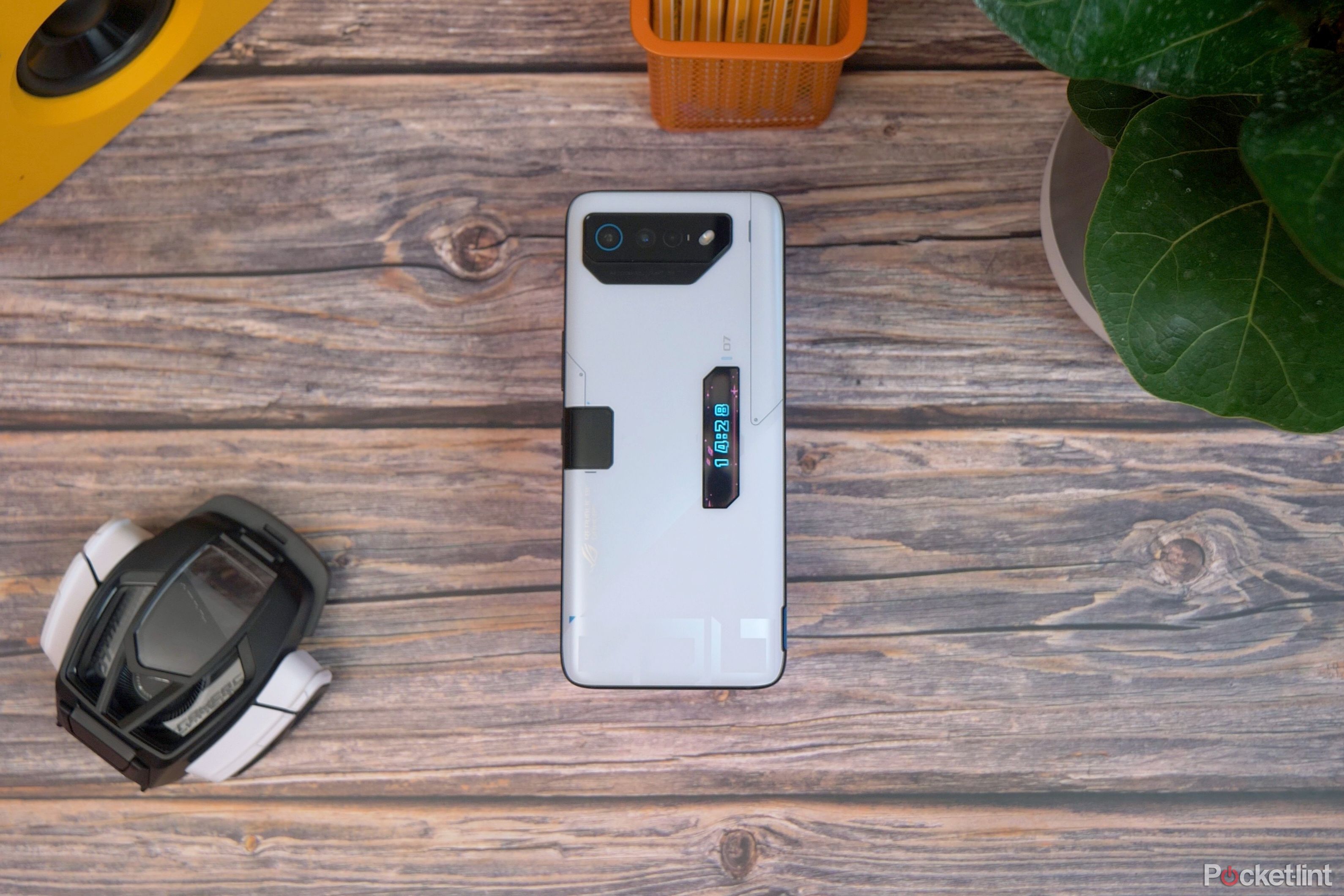
Asus ROG Phone 7
7. Best gaming/multimedia phone
A beast of a phone, from gaming to media
Asus ROG Phone 7 is the top gaming handset for 2023, delivering market-leading performance, excellent gaming software and reliable, all-day speed and battery life.
- Fast, consistent performance for long periods
- Big, bright and colourful display
- The best smartphone speakers around
- Long battery life
- Big and heavy device
- Expensive
- Second and third cameras aren’t great
Gaming phones have historically been something of a niche product, but with the ROG Phone 7, Asus has improved an already winning formula. So much so, that we’d recommend it to anyone whose main priority is a great media and gaming experience.
The loudspeakers on either side of the display are simply the best on any phone currently on the market. Each is individually powered and, combined, they offer loud, well-balanced sound with lots of bass and good stereo separation. Add that to a fantastic, big, bright display, and you can’t really go wrong.
It’s got lots of power too, delivering fast and lag-free performance regardless of what type of game you want to play on it. With the improved cooling and thermal efficiency, it will deliver that performance for long periods without choking.
There are a couple of downsides though, namely: its hefty build and the hefty price tag that comes with it. It’s got one good camera, but the other two aren’t really up to scratch from a flagship point of view, but it’s been an absolute joy to use.
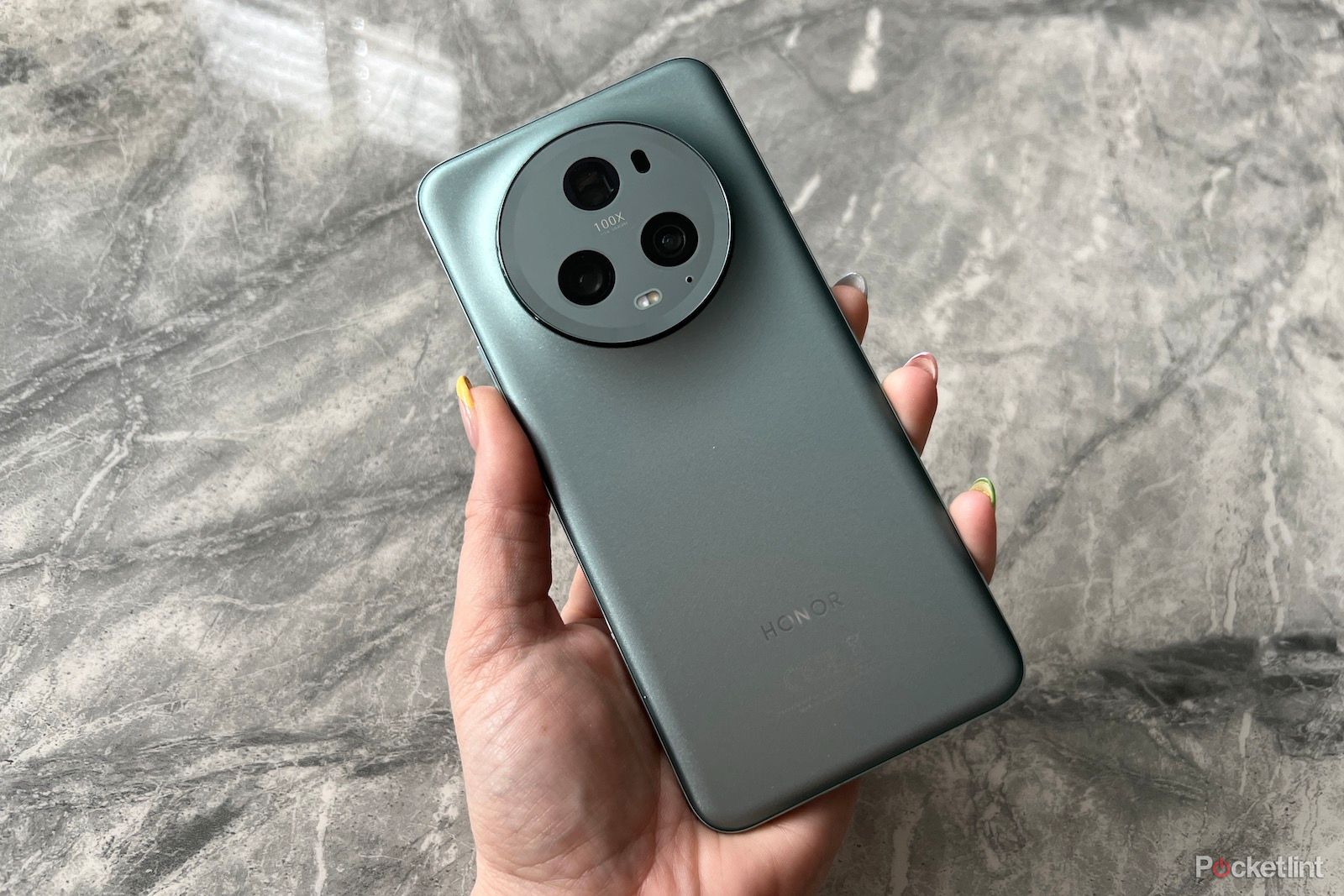
Honor Magic 5 Pro
8. The alternative powerhouse
Power, performance and camera from an underdog
Honor’s new flagship phone is a real move forward for the company as it attempts to take on the big competitors in this space. Its display is gorgeous, its cameras perform well across the board and it is plenty powerful for anything you throw at it. Its design and UI may still divide opinion but overall there’s a lot to love here.
- Nice design and build
- Incredible, bright display
- Powerful hardware
- Impressive camera performance
- Some design choices will divide opinion
- 4K video is limited
- Still some bloat
The Honor Magic 5 Pro shows – more than anything – that Honor is back in the game. Its attempts at challenging the big-name Android manufacturers have resulted in a phone which is hugely powerful, has a stunning display and three great cameras that perform well across the board.
With its huge camera island on the back, and top-heavy feel, the design will certainly divide opinion as will the slightly heavy-handed approach to software and bloat, but the Honor Magic 5 Pro gets a lot more right than it gets wrong.
Given its specs and capabilities, the £949 price puts it comfortably under what similar big-name devices, making it great value for money especially when you consider the fact Honor will give you three major Android updates and up to five years of security patches.
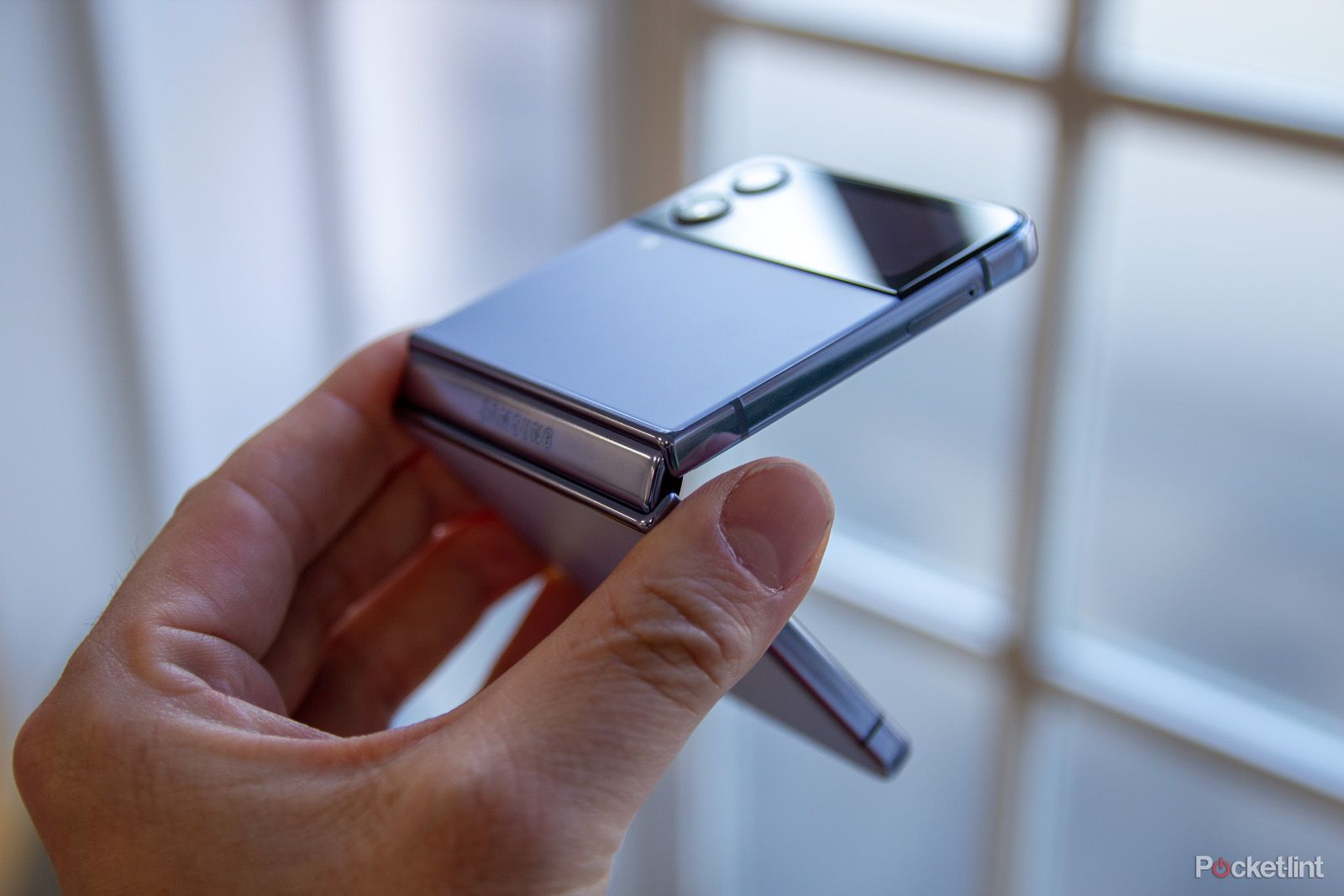
Samsung Galaxy Z Flip 4
9. The best foldable phone
An adorable, practical clamshell
Samsung’s Galaxy Z Flip 4 keeps what works about its clamshell foldable form factor — its adorable, space-saving design and overall versatility — and improves everything else. The display, cameras, and overall resilience of the hinge are better this year, and the new colours are just divine.
- Premium design and build quality
- Great display
- IPX8 water resistance
- Improved hinge over previous models
- Long-term durability is still an issue
- Underwhelming camera system
- Battery life isn’t great
Of all the folding phones on the market, it’s the Z Flip 4 which we think delivers the most compelling option for buyers. It’s as much a fashion item as it is a piece of tech, thanks to its cute design and plethora of colour and style options. Add to that the solid aluminium frame and IPX8 water resistance, and it’s a phone that can last.
Our only long-term concern from a durability standpoint is the internal flexible display. Previous generations have often worn or peeled apart with months of use, and we’re yet to see if that’s the same for the latest generation.
With the flagship processing power, decent battery life, a vibrant display, lots of customisation in the software and camera performance, it’s a very strong package and one that lets you have your cake and eat it. You can have a folding phone, without suffering any significant compromises on the feature/performance side. Plus, it’s not eye-wateringly expensive.
How to choose a phone
When looking for a new flagship phone, there’s a lot to consider. Below, then, we’ll have some advice on what you should be looking for in each of the key hardware areas, as well as whether an iPhone or Android phone is right for you.
What is the latest iPhone?
The 2022/23 family of Apple’s smartphone is the iPhone 14. Like in previous generations, the iPhone has several models to choose from – Plus, standard, Pro or Pro Max – but the experience is fairly similar across all the devices. That’s true of older iPhone models, too, with strong support on the software front and consistent use of design for several generations of devices.
That means that if you buy the iPhone 14, for example, you know it’s going to be supported for many years. You also know that the hardware features on it aren’t going to change drastically the next year, as Apple looks for consistency across its devices.
That also means that buying an older iPhone model remains a good option, and why we considered both the iPhone 13 and iPhone 12 series for this guide. Both will save you money and you won’t miss out on many features compared to a newer equivalent.
Is Android better than iPhone and iOS?
Android’s big advantage over Apple is the wide variety of options. There’s a greater range of manufacturers, meaning many different price points and designs, but all with the familiarity of the underlying Android software, so there’s no real learning curve when it comes to using it.
Android manufacturers are often more aggressive with new technologies, pushing new camera features in advance of Apple, but often only keep a design for one year, before releasing a new and different model. Android also isn’t as consistent with software support.
Although most devices will get two or three versions of Android, the timescales are never as tight as they are for Apple – but prices do fall faster, so good deals on newer models are frequently available.
Displays and sizes
The display will define the size of the device you get. Larger displays are great for consuming content, ideal for watching TV or movies and often preferred by gamers.
But larger displays mean a bulkier phone – and you might find it’s just not as practical to use. Many manufacturers, however, make the biggest phone their best phone.
Not all flagship devices offer top resolutions of Quad HD or 4K, with some sticking to an ample resolution, like 1080p. That’s fine, though, as you have to look closely to see the difference in detail. What’s more important is display quality.
With most flagship phones offering an OLED display, there aren’t huge differences, but some offer curved edges which can make a larger phone easier to use.
What’s emerged as a more attractive option recently is the refresh rate. Top phones are now pushing 120Hz in an attempt to make all content look smoother. It’s not just about gaming, it’s about supporting scrolling in apps and home screens, too.
Core hardware and storage
Flagship phones will typically have the latest hardware in them. While Apple offers its own hardware, Android chooses from a range of suppliers – but many offer Qualcomm. Samsung will use Exynos and Qualcomm, and some might range into MediaTek – although this is usually reserved for mid-range or entry-level devices.
Storage is important, too. Low storage will bring the price down, but fewer and fewer manufacturers are offering microSD card expansion these days. That means you need to buy a device with enough storage – considering that the option of 4K and now 8K video is using up more storage than ever.
Of course, cloud storage is a lot more integrated these days, but remember that nothing is free – if you want to store a lot of photos, you’ll have to pay for it.
Cameras
Cameras are where phones can differ the most, and, often, the camera is the most discussed aspect of any phone. Flagship devices have the best cameras. From Apple to ZTE, top phones have more or better cameras.
The most important thing to consider, however, is a good main camera. If the main camera takes good photos, that means most of your pictures will be good. If you can’t get a good normal photo from it, it’s no use having lots more cameras that also give you weak photos.
Ultra-wide angle is easy to use and creates great effects, telephoto lenses get you a lot closer – but the quality of telephoto cameras varies significantly.
Periscope lenses are becoming more common, meaning 5x and 10x zoom is now a great option on some models, as well.
But also remember that megapixels don’t automatically make a better camera. Many mid-range phones use a high-resolution main camera which results in poor photos. More important is how the images are processed, with AI and computational photography now able to make a huge difference over the core hardware.
There are always a lot of gimmicks, too – pro modes you’ll never use, and capture options you’ll never bother with. The most important thing remains the point-and-shoot performance, as that’s what you’ll use most of the time.
Battery life
Flagship phones often aren’t the best performers when it comes to battery life. Designed for performance, the aim is to deliver the best experience, not to keep your phone alive for a week.
There will always be phones in the mid-range that perform better – lower power, smaller display, lower resolution or lower brightness – along with a physically larger battery, to outlast flagship phones.
But faster charging means that, with the right charger (which you might have to buy separately), you can get your phone back to full charge in no time at all.
Is it easy to switch from iPhone to Android?
Switching between Android brands is easy – as long as you’re backing up to Google – and switching between Apple and Android isn’t too hard, either. Sure, there are some Apple services you can’t get on an Android phone, like iMessage, but on the whole, most apps are the same.
If you’re already embedded within the Apple ecosystem, you’ll likely be convinced to stay there, but, it’s worth looking at where you save your data and what services you use, as third-party options make switching platforms a lot easier.
You can also check out our guide to Samsung Smart Switch, which lets you easily jump from iPhone, as well as our wider Android v iPhone comparison. Apple on the other hand has Move to iOS, an app that lets you move from Android to iPhone.
If you already know which phone operating system you’ll be going with, you may find it easier to zoom in on our best Android phone or best iPhone guides. And if the prices of the picks below are a little steep, you may want to consider checking out a mid-range smartphone or entry-level mobile device.
[adinserter block=”8″]
Credit : Source Post




